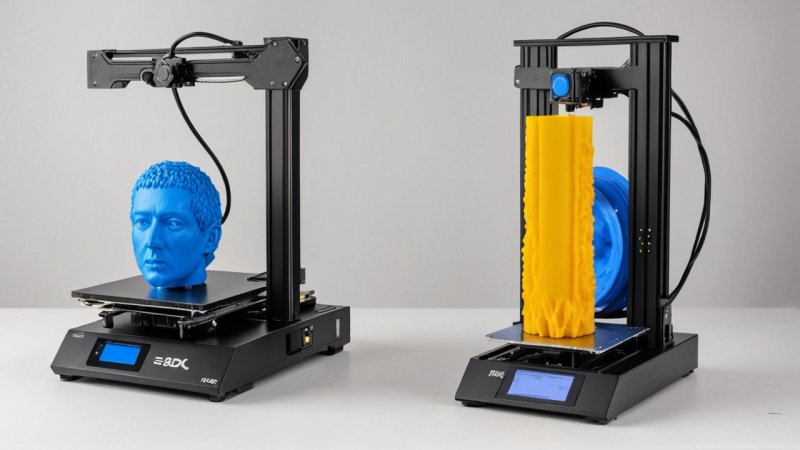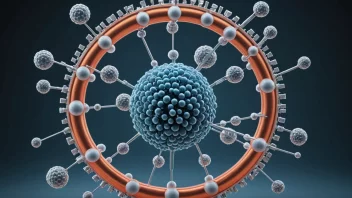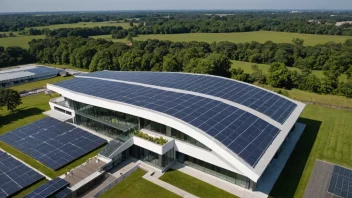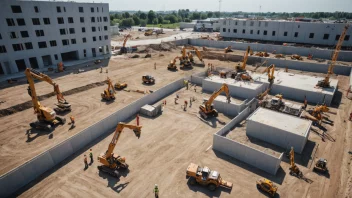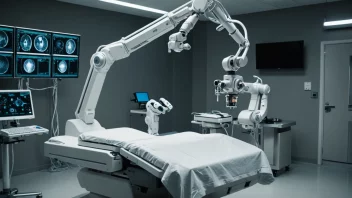The world of 3D printing technology has revolutionized engineering applications, providing innovative solutions across various industries. Among the most popular methods of 3D printing are Fused Deposition Modeling (FDM) and Stereolithography (SLA). Each technology offers unique advantages and limitations, making them suitable for different applications. This article will compare FDM and SLA, exploring their processes, materials, costs, and ideal use cases to help you understand which method might be the best fit for your engineering needs.
Understanding the Basics
Before diving into the comparison, it’s essential to grasp the fundamental differences in how FDM and SLA operate.
Fused Deposition Modeling (FDM)
FDM is an additive manufacturing process that involves melting a thermoplastic filament and extruding it layer by layer to build a 3D object. The printer heats the filament to a temperature where it becomes pliable, allowing it to be deposited precisely in the desired shape. Once a layer is completed, the printer moves up and begins the next layer, eventually creating the final object.
Stereolithography (SLA)
SLA, on the other hand, utilizes a different approach by employing a UV laser to cure liquid resin into solid plastic. The laser selectively solidifies the resin layer by layer, creating a highly detailed object. This method typically results in smoother finishes and finer details compared to FDM.
Materials Used
The choice of materials can significantly influence the performance and application of 3D printing technologies.
FDM Materials
FDM printers primarily use thermoplastic filaments such as:
- PLA (Polylactic Acid)
- ABS (Acrylonitrile Butadiene Styrene)
- PETG (Polyethylene Terephthalate Glycol-Modified)
- TPU (Thermoplastic Polyurethane)
These materials offer a range of properties, from ease of use to flexibility and durability, making FDM suitable for prototyping and functional parts.
SLA Materials
SLA printers utilize photopolymer resins, which come in various formulations, including:
- Standard resins for general use
- Durable resins for functional parts
- Flexible resins for applications requiring elasticity
- Castable resins for jewelry and dental applications
These resins allow for a high level of detail and surface finish, which is essential for applications in industries like healthcare and jewelry design.
Cost Considerations
When choosing between FDM and SLA, cost is often a critical factor for engineers and businesses.
FDM Cost
FDM printers tend to be more affordable than SLA printers, making them accessible for hobbyists and small businesses. The cost of filament can vary, but it generally remains lower than that of SLA resins. Additionally, maintenance and operational costs are typically lower for FDM printers, as they require less specialized equipment.
SLA Cost
SLA printers are generally more expensive, both in terms of initial investment and ongoing material costs. The photopolymer resins used in SLA can be costly, and the need for additional equipment, such as post-processing stations for washing and curing, adds to the overall expense. However, the high-quality output may justify the investment for specific applications.
Quality of Output
The quality of the final product is a crucial aspect of any 3D printing technology.
FDM Output Quality
FDM can produce functional parts with reasonable accuracy and strength, but the surface finish may not be as smooth as SLA. Layer lines are often visible, which can be a drawback for aesthetic applications. However, post-processing techniques like sanding and painting can improve the appearance.
SLA Output Quality
SLA is known for its exceptional detail and smooth finishes. The layer resolution is typically finer than that of FDM, allowing for intricate designs and complex geometries. This makes SLA ideal for applications where aesthetics and precision are paramount, such as dental models and prototypes for consumer products.
Speed of Production
FDM Speed
FDM printers can produce parts relatively quickly, depending on the size and complexity of the object. However, larger prints can take considerable time due to the layer-by-layer deposition process. Additionally, the cooling time between layers can also affect overall speed.
SLA Speed
SLA printers can produce parts faster than FDM, especially for smaller, detailed objects. The continuous layer curing process allows for quicker production times, making SLA a preferred choice for rapid prototyping.
Ideal Applications
Choosing the right technology often depends on the specific application and desired outcome.
FDM Applications
FDM is suitable for:
- Prototyping and functional testing
- Creating durable parts for mechanical applications
- Educational purposes and hobbyist projects
- Low-cost production runs
SLA Applications
SLA excels in:
- High-detail prototypes for consumer products
- Medical applications, including dental models and surgical guides
- Jewelry and art pieces requiring intricate designs
- Parts requiring a smooth finish and fine details
Conclusion
In summary, both Fused Deposition Modeling and Stereolithography have their strengths and weaknesses, making them suitable for different engineering applications. FDM is cost-effective and versatile, ideal for prototyping and functional parts, while SLA offers superior detail and finish, making it perfect for high-precision applications. When choosing between the two, consider your specific needs, budget, and the desired quality of the final product. For general prototyping and larger parts, FDM may be the way to go. However, for intricate designs and applications where aesthetics matter, SLA is likely the better choice.
